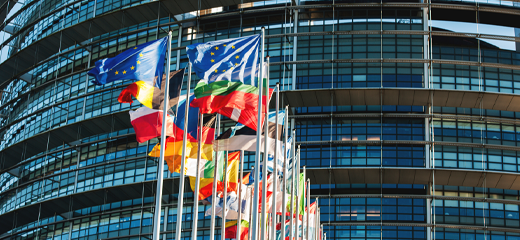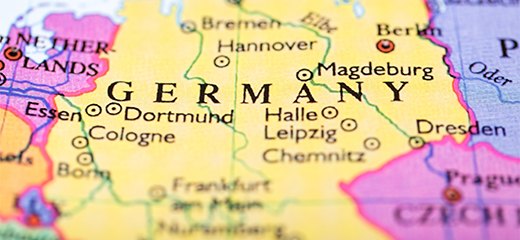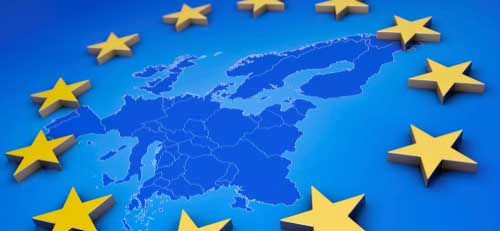
next left, next environment
Publication
The EU cannot be flexible on its principles with Brexit
September 19, 2018Author: Jo Leinen
It was only this July that for the first time, more than two years after the Brexit-referendum, British Prime Minister Theresa May presented a more detailed vision on the future relationship between the UK and the EU-27 after Brexit and the end of the already agreed transition period on 31 December 2020. Negotiations could thus move on from “divorce questions” about payments and citizens’ rights to the more complicated question of forging out a durable economic (and security) partnership for the benefit of both partners, which is also a pre-condition for solving the Irish border question.
Briefly, the UK government’s white paper envisions an association agreement with the EU, which includes a free trade area limited to goods, a dispute resolution mechanism and a continuous dialogue between the two partners. The question is, if this plan is a basis on which an agreement can be found within a framework that allows trade to flow as smoothly and frictionless as possible. In order to avoid a no-deal-scenario and a cliff-edge, many commentators, especially in the UK, demand a more ‘flexible approach’ from Brussels. There should be no doubt that the EU would like to see the UK staying as close as possible to the Union it is still part of and indeed, the EU has a variety of different arrangements with third countries, with different degrees of trade liberalisation and different institutional frameworks. However, the EU’s margin for manoeuvre and thus any potential flexibility are limited by its own principles, its economic interest, and its raison d'être.
related publications
-

A progressive approach to the Conference on the Future of Europe
read more -

A Voice for the Future: How Labour can shape the next 20 years of devolution
read more -

Year 30 - Germany's second chance
read more -

A Common Withholding Tax for the EU
read more -

Out of the security deadlock: challenges and choices in the Sahel
read more -

Coronavirus: a new beginning for Europe and the Left
read more



























































